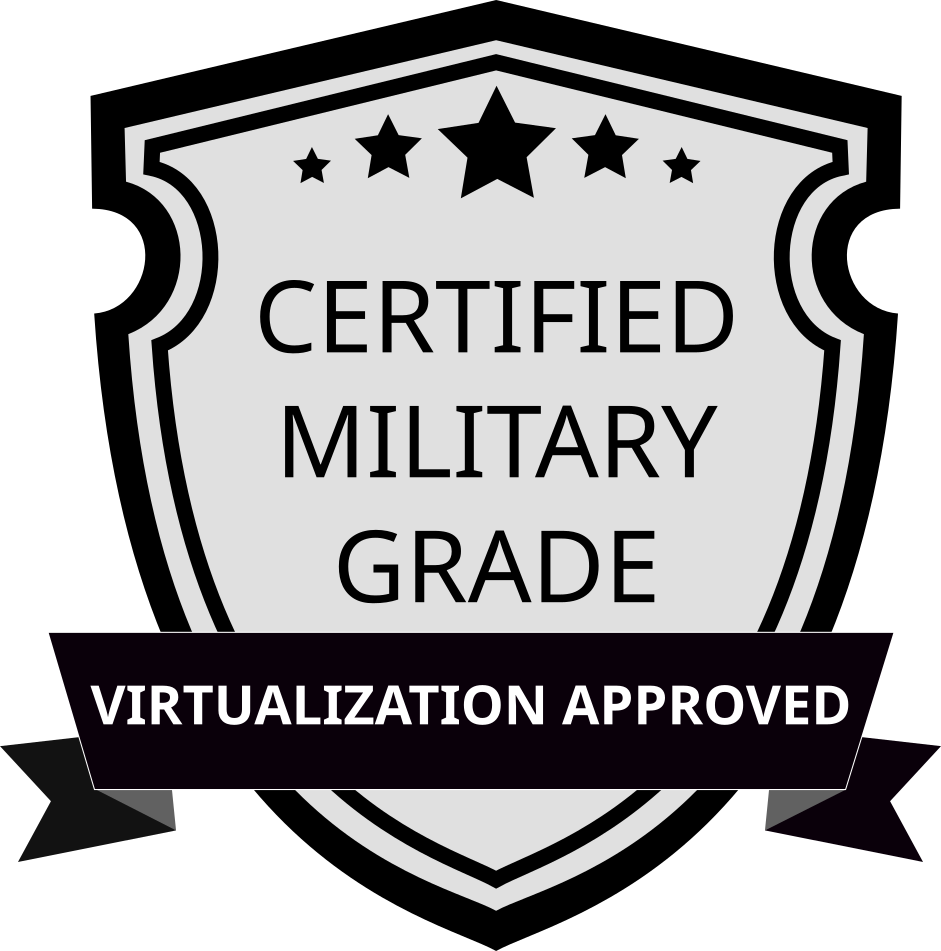Virtual Open Systems Newsletter
In this newsletter edition, Virtual Open Systems highlights the most recent company mixed-criticality virtualization activities aimed at strengthening its virtualization offer in automotive, IoT industrial, Edge & Cloud computing, virtualized media box etc.., with success stories, open source contributions updates and research and innovation projects news.
- Innovation: VOSySmonitor porting to RISC-V and x86 architectures
- H2020: Next Generation Platform as a Service (NGPaaS) success project
- Product design-win: VOSySmonitor in industrial power breakers
- Open Source: Virtual Open Systems XEN support patch for AGL
- Market pervasion: Virtualization in rugged routers
Enabling safety functional and high performance virtualization

Virtual Open Systems recently started research and innovation activities to port the VOSySmonitor mixed-criticality concept of highest security at best performance to new CPU architectures. The first selected target is RISC-V, the emerging open instruction set architecture that has gained consensus as a future valuable alternative architecture in many market segments. The second CPU architecture is the x86, widely used worldwide in a number of mixed critical use cases and considered also in future automotive ADAS designs. By porting VOSySmonitor to these two architectures, Virtual Open Systems ambitions to provide a certifiable mixed critical solution also for low power RISC-V platforms and high performance x86 critical systems.

Recently the Horizon 2020 Next Generation Platform as a Service (NGPaaS) project has been finalized with very positive results. In fact the project objective has been successfully met, completing the development of a hardware accelerated reference stack for future 5G and NFV networks. The Virtual Open Systems contribution to reach this challenging objective has resulted in hardware accelerated virtual switches solutions and an FPGA virtualization product vFPGAmanager. A video demonstration of vFPGAmanager showcasing a sample video streaming scenario has been made public.

The Virtual Open Systems mixed critical virtualization solution VOSySmonitor has been selected to empower an product of a leading company in the energy sector. VOSySmonitor will be used to enable concurrent execution of multiple operating systems, allowing for a safe and highly efficient modern system architecture. Its portability, modularity, extensibility and high performance have been some of the key factors to tailor the Virtual Open Systems product to meet the customer needs.

In 2016, Virtual Open Systems has initiated the Automotive Grade Linux Virtualization Expert Group (AGL EG-VIRT) to bring the benefit of the open source virtualization in automotive systems. The company latest contribution to this open source project is a set of patches to enable XEN support in AGL, that in March 2020 have been merged in the official distribution repositories. Thanks to this contribution, it's now possible to run XEN virtual machines in AGL, for instance using a Renesas R-Car M3 platform. In addition, this patch provides a generic software infrastructure for virtualization that opens the door to support other hypervisors.

Virtual Open Systems makes development services to pervade virtualization to the most diverse embedded use cases. Recently, it has been the case in helping one of its customers to design and manufacture virtualized rugged routers, operating in most extreme operational environments. A virtualization layer based on QEMU and KVM has been conceived to introduce extreme flexibility into the whole lifespan of the router’s software stack, from its development and testing to its maintenance, thus lowering the total cost of production and ownership (TCP, TCO). Moreover and thanks to the introduction of a virtualization layer, making the router software stack independent from the hardware, it allows to seamlessly adopt more recent hardware platforms; as a result, the engineering team can really concentrate on improving the product rather than spending time to fix hard-to-debug compatibility issues between hardware and software.
- Newsletter 2013 09
- Newsletter 2014 03
- Newsletter 2014 09
- Newsletter 2015 03
- Newsletter 2016 03
- Newsletter 2015 09
- Newsletter 2017 09
- Newsletter 2016 09
- Newsletter 2017 03
- Newsletter 2020 09
- Newsletter 2018 03
- Newsletter 2018 09
- Newsletter 2019 03
- Newsletter 2019 09
- Newsletter 2020 09 jp 日本語
- Newsletter 2022 09
- Newsletter 2021 03
- Newsletter 2023 12
- Newsletter 2021 03 jp 日本語
- Newsletter 2021 09
- Newsletter 2021 09 jp 日本語
- Newsletter 2022 03
- Newsletter 2024 06
- Newsletter 2022 09 jp 日本語

 VOSySofficial
VOSySofficial




